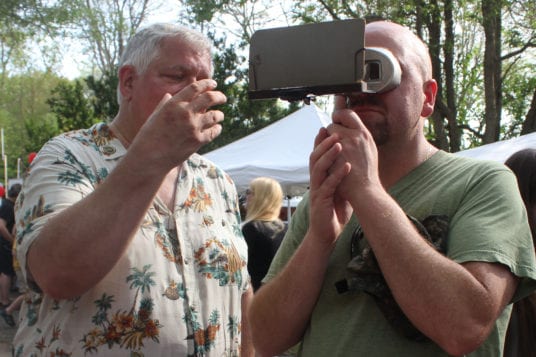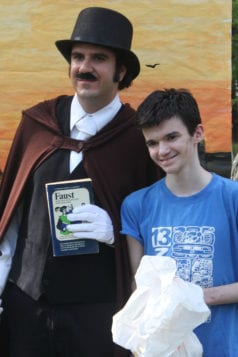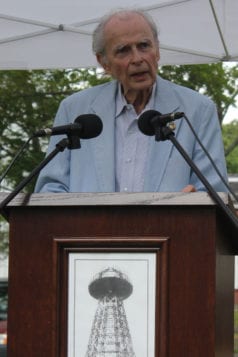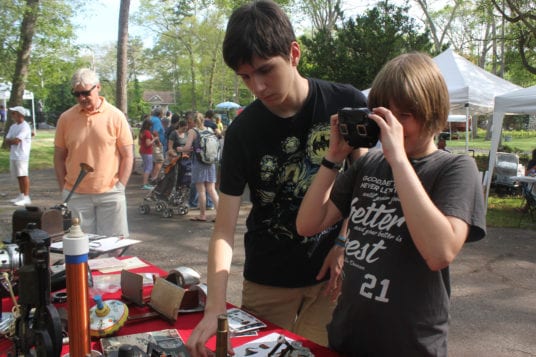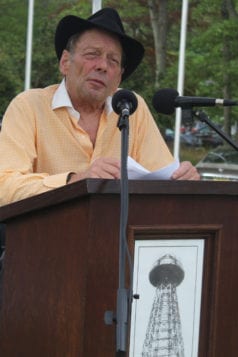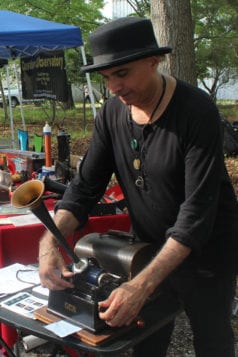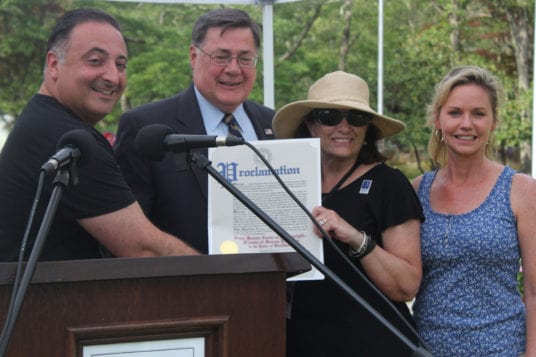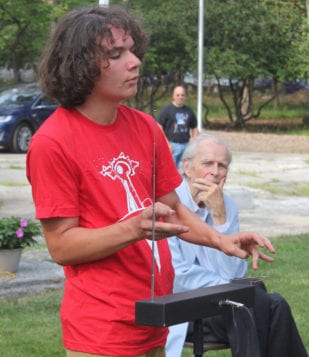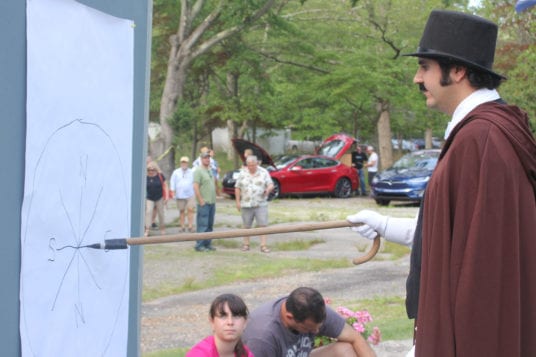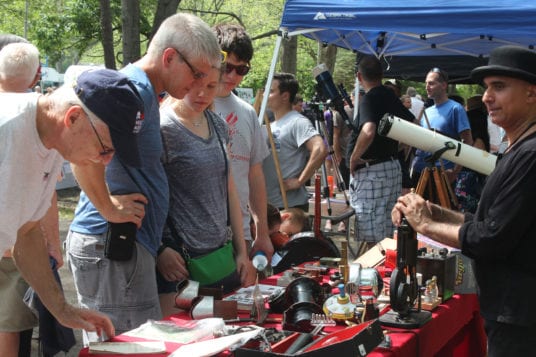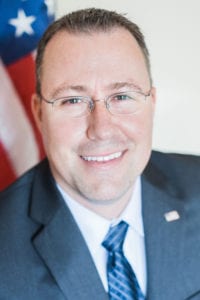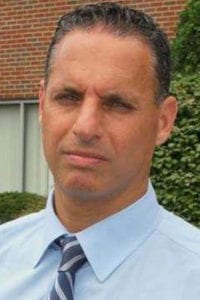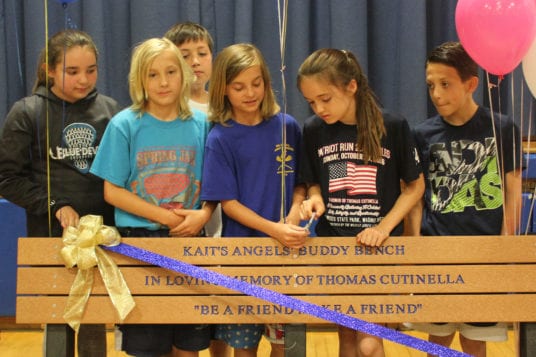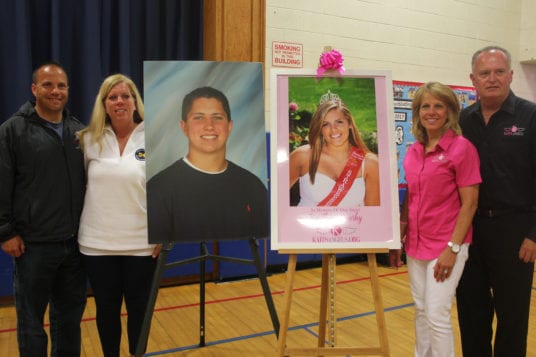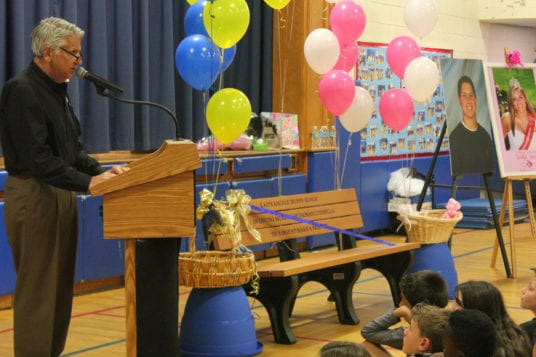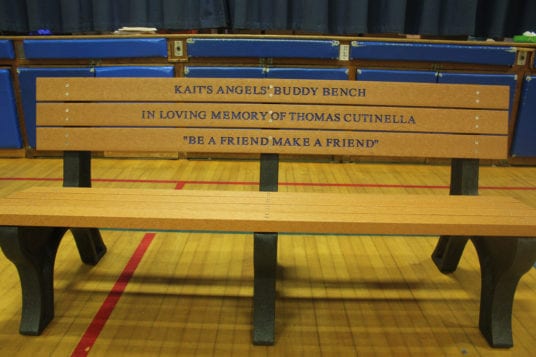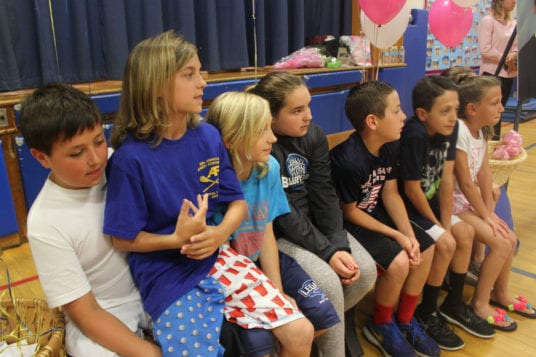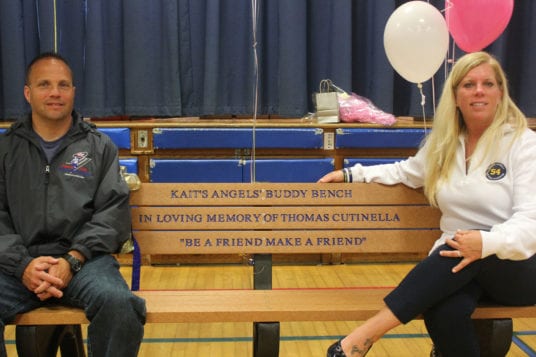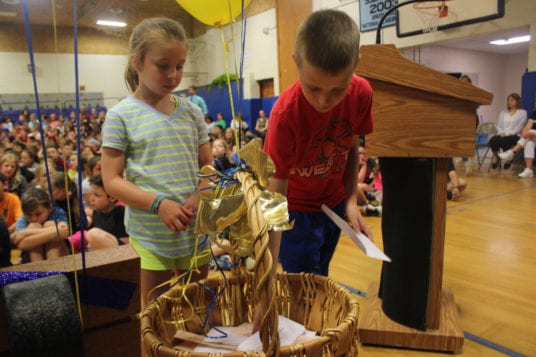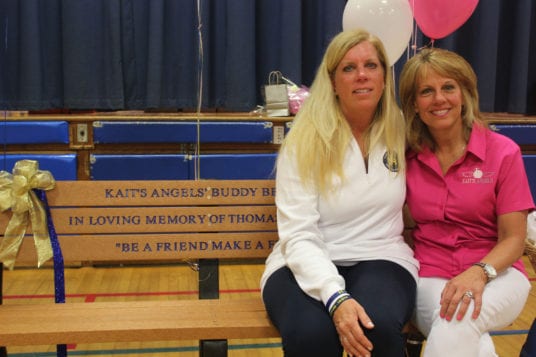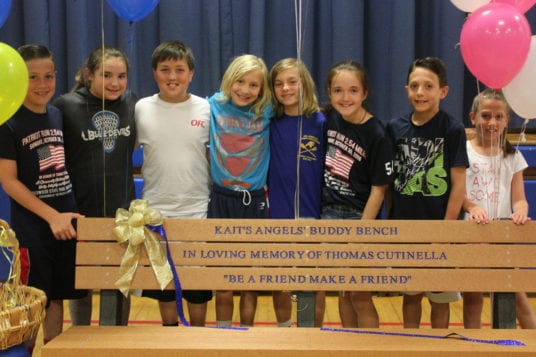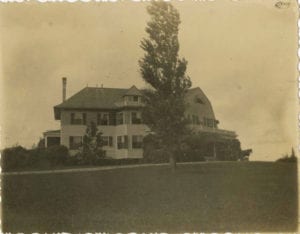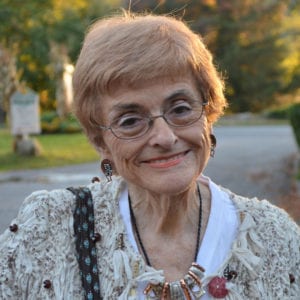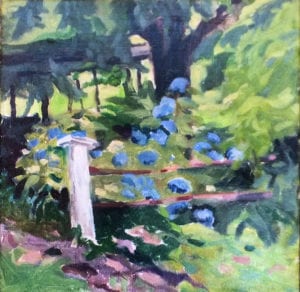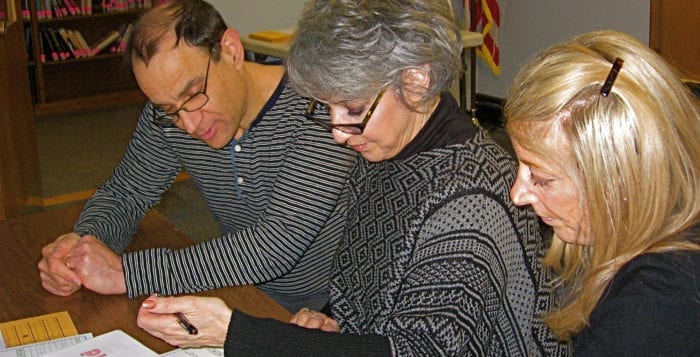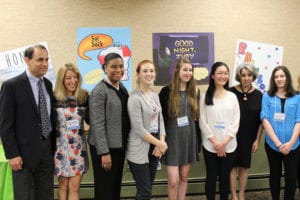By Jennifer Sloat
With just one cartoon panel and a few words, comic creator Bunny Hoest of The Lockhorns can deliver a zinger that can prompt a knowing smirk in most anyone that counts themselves as married, cohabitating or part of a couple.
What started as The Lockhorns of Levittown (yes, that Levittown) in 1968, grew into a comic strip loved worldwide and published in more than 500 newspapers. The bickering couple along with the sweet, supersized pet, Howard Huge, are part of a new exhibit at The Heckscher Museum of Art titled The Lockhorns Meet Howard Huge: Comic Cartoons by Bill and Bunny Hoest, which will be on view from Oct. 6 to Nov. 5. Bill Hoest is being honored in memoriam for his work.

“It became popular very quickly,” said Bunny Hoest, speaking from her home studio in Huntington. Her husband was a returning GI when he created the strip after observing the interactions of couples settling down in Levittown. “He thought it was a great source of humor.”
The couple met in the early 1970s while playing tennis at the Huntington Racquet Club, during the same time Bill was compiling the cartoons into a book. He took notice of Bunny’s wit and soon asked her to become the book’s editor. The two married in 1973 and formed William Hoest Enterprises and co-created several more cartoons, including Laugh Parade and Howard Huge.
Bill was diagnosed with non-Hodgkin’s lymphoma in 1986. The couple then hired John Reiner to become Bill’s assistant and apprentice. After Bill’s passing in 1988, Reiner and Hoest kept the strip going, preserving her husband’s legacy. Still published in Newsday, the comic is translated into 22 languages and is seen by 100 million people worldwide.
Loyal readers may notice the occasional local landmarks thrown in by Reiner, a Stony Brook University alum. Nostalgic fans that have moved away often write Hoest after they spot an Aboffs paint store or other local reference in the strip.
The cartoons, according to Hoest, are social commentary and social criticism, not political. “We do it all in one cartoon. It has always been in one panel,” said Hoest, a former English teacher and graduate of Adelphi University.
Times have changed since the inception of the strip’s characters, Leroy and Loretta. Punch lines like “Leroy has joined the anti-social network,” keep the humor current but stay true to Leroy’s grumpy nature and Loretta’s sarcasm.
“We aren’t social workers but we are helping,” said Hoest. “Marriage counselors say they use it in therapy. If you can laugh at yourself it helps with the problems. But that is not why we did it; being therapeutic was a bonus! We are delighted. Isn’t that nice that people can get a laugh and resolve something with humor?” Hoest also notes that Leroy and Loretta are not Bill and Bunny. “We were crazy about each other,” said Hoest of her marriage to Bill. “A lot of times resolution is humor and that worked for us.”
After 40 years in print the comic still touches a cord with its readers. “Our fans say to us, ‘You are hiding in my closet or peering in my window,’” said Hoest with a laugh. “We seem to be hitting the nail on the head. That’s makes me feel very good.”
Several programs related to the exhibit will also take place, including Take a Selfie with Howard Huge and Children’s Art Activity happening on the terrace. Kids can also create a dog puppet to take home. The event takes place Oct. 8 from noon to 4 p.m. There is also a Celebrate Achievement Benefit honoring Pien and Hans Bosch, Bunny Hoest and the memory of Bill Hoest for their contributions to arts and culture on Long Island, taking place on Oct. 28.
While the amount of print publications has diminished, the syndicated strip still thrives. The nearly 85-year-old Hoest has five years left of a 10-year contract with King Feature Syndicate, distributors the The Lockhorns, with a 10-year option to renew. This would make Hoest a remarkable 90 years old when the contract comes up for renewal.
The very lively Hoest shows no signs of stopping. In addition to writing the cartoon, she is a member of the Berndt Toast Society (named after Smitty cartoonist, Walter Berndt), where she keeps in touch with fellow cartoon writers. They meet monthly for lunch, which may sometimes include a visit from some other famous cartoonists such as Mort Walker who pens Beetle Bailey and Mort Drucker, who is best known for his work at Mad Magazine or Mort Gerber of The New Yorker.
“I will do it as long as I can do it,” said Hoest. “I hope I can keep on.”
The Lockhorns Meet Howard Huge: Comic Cartoons by Bill and Bunny Hoest is on view at The Heckscher Museum of Art, 2 Prime Ave., Huntington from Oct. 6 to Nov. 5. For more information, call 631-351-3250.








